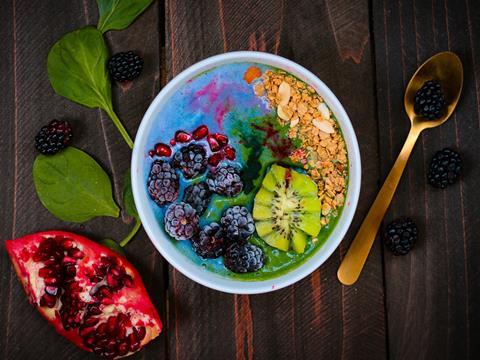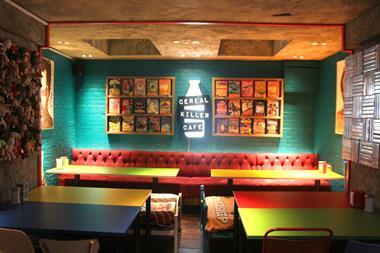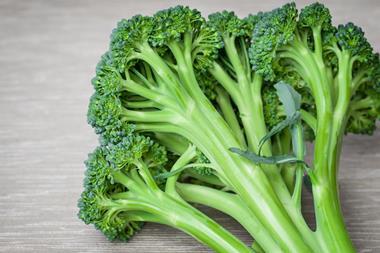
Experimental chef Heston Blumenthal famously served up his seafood dish ‘Sound of the Sea’ complete with an iPod that played the sound of lapping waves. The thinking behind this little piece of theatre was that it would enhance the taste of the food. Anyone who has enjoyed fish and chips on a seafront will recognise a truth – they just seem to taste better.
Neuroscience testing backs up this hunch. Although our sense of taste is the primary means by which we assess food, the rest of our senses also kick in. Sight, sound, smell and touch provide valuable information to our brains about how tasty something is likely to be – a valuable lesson to brands carrying out sensory experiences.
In tests, consumers rated brown M&Ms as more chocolatey than green ones even though they were the same. Cadbury found that a more rounded shape to bars was rated as sweeter. In another study, drinkers rated wine as more pleasant if they sampled it while stroking velvet rather than sandpaper. The sound of a cork being popped resulted in participants in another study rating the same wine as of better quality and more appropriate for a celebration.
Restaurants have been smart to this for years, tweaking everything from the colour of the décor and the sightlines to the kitchen, to the music they play and the shape of their plates. Each of these sends out a subtle signal that enhances the enjoyment of the food.
Brands too are beginning to realise the potential of activities that appeal to more than one sense.
Green & Black’s recently demonstrated the power of a multisensory approach with a campaign to promote the launch of its new Velvet Fruits product. The brand sat the individual down on a high-backed velvet chair, allowing them to taste the product in a relaxed environment. Neuroscience testing found that introducing sensory cues left a positive imprint on consumers, helping increase a person’s motivation to purchase.
Boursin did something similar, creating a ‘Sensorium’ using VR and scents wafted over consumers to take them through a virtual fridge full of mouth-watering fresh ingredients. Coke adopted a fresh approach to sensory experiences in Australia where it placed ice cold bottles in chill bags of taxis, presenting passengers with an unexpected thirst quencher on a hot day.
Brands have always understood the power of getting a product into someone’s hand to try it for themselves. However, traditional approaches have tied one hand behind their backs. Rather than restricting themselves to the simple taste test, activities that appeal to more than one sense create a more lasting message, driving home the brand’s appeal, improving recall and appreciation.
And that can only be good for sales. It’s common sense.



















No comments yet